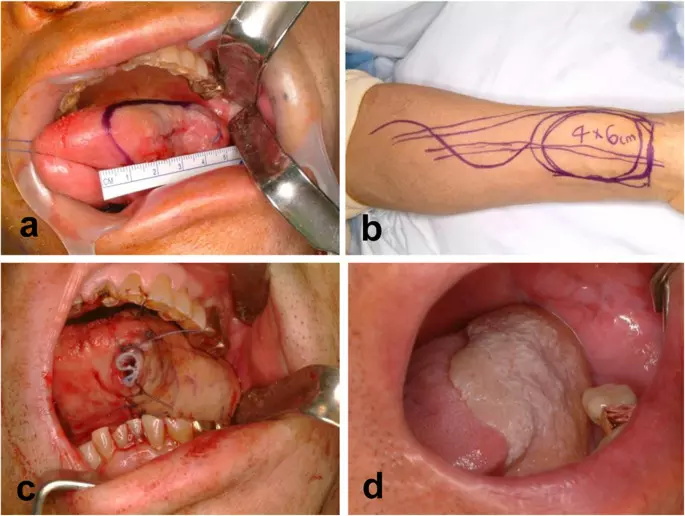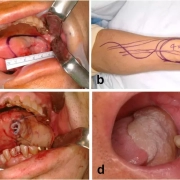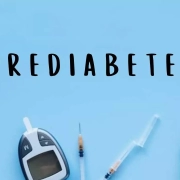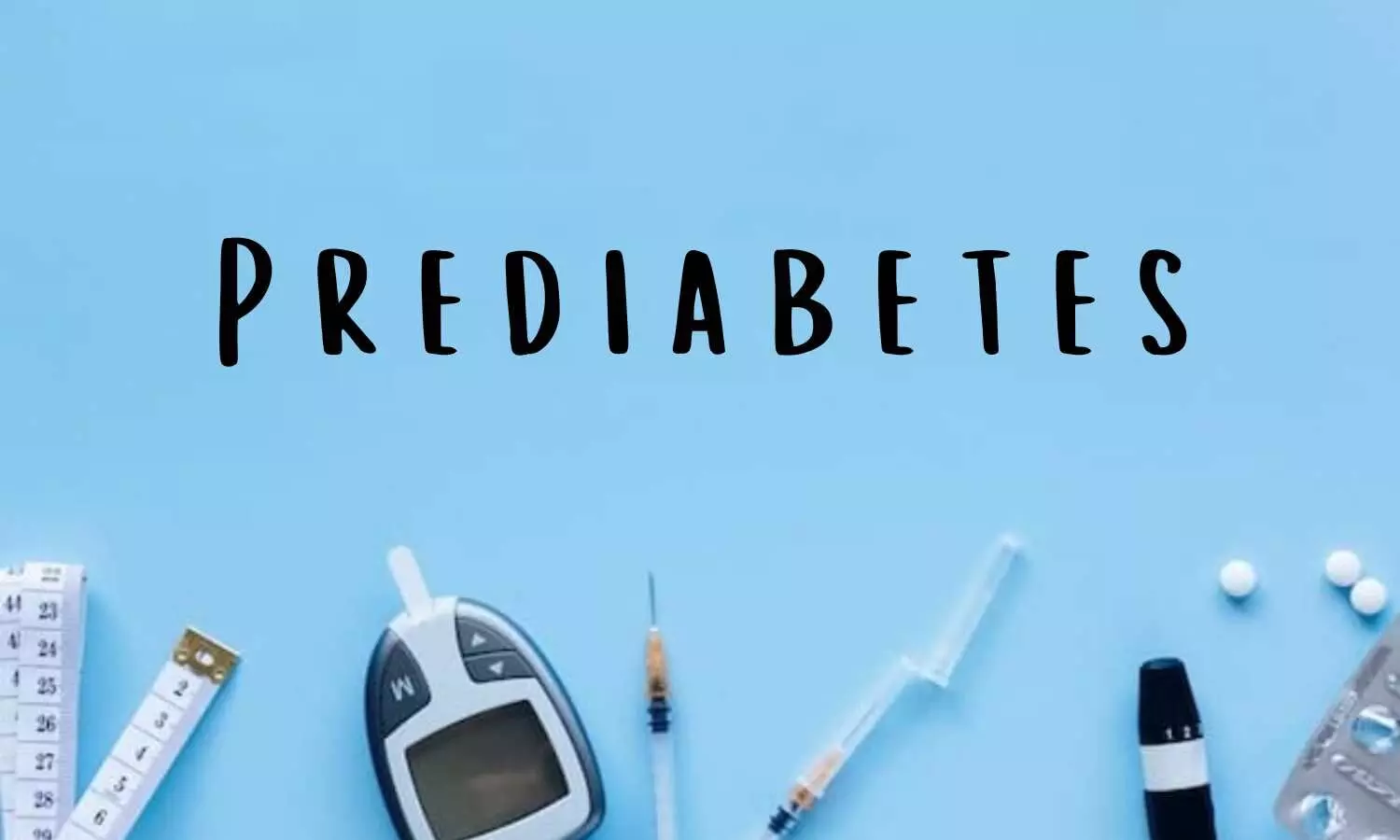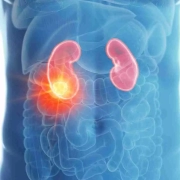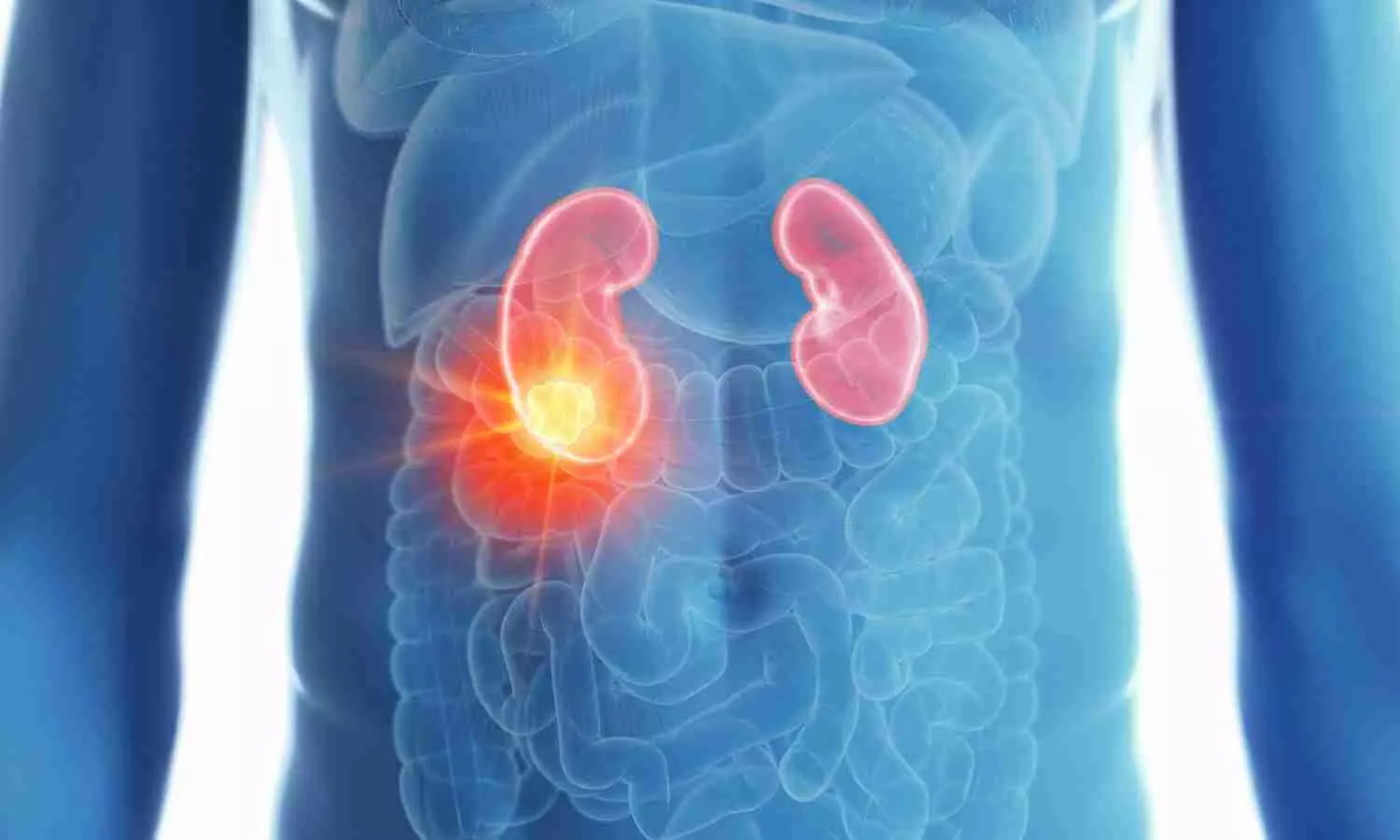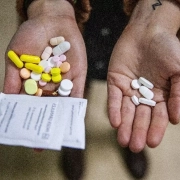
Biologic drug abatacept which used to treat rheumatoid arthritis could also prevent the disease in individuals deemed to be at risk, reveals new clinical trial.
Results from a Phase 2b clinical trial, published today in The Lancet by researchers led by King’s College London, provides hope for arthritis sufferers after it was shown that the biologic drug abatacept reduces progression to this agonising chronic inflammatory disease.
Rheumatoid arthritis affects half a million people in the UK and develops when the body’s immune system attacks itself, causing joint pain, swelling and significant disability. The disease most commonly begins in middle age, but much younger age groups can be afflicted, and until now there is no cure or prevention.
Abatacept is currently used as an effective second or third line treatment for people living with established rheumatoid arthritis and is given by weekly injections at home or in hospital via a drip.
Researchers from King’s College London recruited 213 patients at high risk of the disease to understand whether a year-long treatment of the biologic drug could be used to prevent progression to rheumatoid arthritis.
They recruited men and women over the age of 18 with early symptoms such as joint pain but no joint swelling, and treated half with the drug and half with a placebo every week for a year. The study drug was then stopped, and study participants monitored for a further 12 months.
After twelve months of treatment, 6% of patients treated with abatacept had developed arthritis compared to 29% in the placebo arm. By 24 months, the differences were still significant, with a total of 25% progressing to rheumatoid arthritis in the abatacept arm compared to 37% in the placebo arm.
Professor Andrew Cope, from King’s College London, said: “This is the largest rheumatoid arthritis prevention trial to date and the first to show that a therapy licensed for use in treating established rheumatoid arthritis is also effective in preventing the onset of disease in people at risk. These initial results could be good news for people at risk of arthritis as we show that the drug not only prevents disease onset during the treatment phase but can also ease symptoms such as pain and fatigue. This is also promising news for the NHS as the disease affects people as they age and will become more expensive to treat with a growing aging population.”
Secondary outcomes for the trial showed that abatacept was associated with improvements in pain scores, function and quality of life measurements, as well as lower scores of inflammation of the lining of joints detectable by ultrasound scan.
Philip Day, a 35-year-old software engineer and founder of FootballMatcher from Eltham, was at high-risk for rheumatoid arthritis. A keen football player, Philip’s joint pain deterred him from playing and affected his day-to-day life. He was enrolled in the trial in 2018, at the age of the 30, and was prescribed abatacept.
He said: “The pain got so terrible I stopped going to football, and I got lazier and felt progressively worse physically and mentally. The pain was unpredictable, it would show up in my knees one day, my elbows the next, and then my wrists or even my neck. At the time, my wife and I wanted to have children and I realised my future was pretty bleak if the disease progressed. I’d always wanted to be the kind of dad that played football with his son and I knew the pain would stop me from realising that dream.
“Enrolling in the trial was a no-brainer; it was a ray of hope at a dark time. Within a few months I had no more aches or pains and five years on I’d say I’ve been cured. Now, I can play football with my three-year-old son and have a normal life.”
One year’s treatment with abatacept costs the NHS about £10,000 per patient and is not without risk. Side effects include upper respiratory tract infections, dizziness, nausea and diarrhoea, but these are generally mild.
Professor Cope added: “There are currently no drugs available that prevent this potentially crippling disease. Our next steps are to understand people at risk in more detail so that we can be absolutely sure that those at highest risk of developing rheumatoid arthritis receive the drug.”
Rheumatologist Professor Sir Ravinder N Maini FRS FMedSci FRCP, who was not involved in the research, said: “Professor Cope and colleagues from King’s College, London, in collaboration with researchers in the UK and Netherlands, have published the results of an exciting clinical trial in The Lancet, which demonstrates that it is now possible to prevent the onset of RA, a disease that remains incurable despite great advances in its treatment in the recent past.
“The results clearly show that during the treatment period almost all individuals receiving the biologic drug showed no symptoms or signs of RA compared with the control population amongst many more developed RA. In the follow up period of 1 year off treatment, it is interesting to note that some appeared to go into remission.
“Prevention of disease is of course a highly desirable goal in preventing the ravages of disabling RA, which is associated with a significant social and financial burden. Many further questions arise from this important study. For example, will this preventive approach be safe and cost effective if continued long term or can the selection of suitable populations be refined so that only those likely to benefit most are treated with a short course of treatment?”
Reference:
Prof Andrew P Cope, Marianna Jasenecova, Prof Andrew Filer, Abatacept in individuals at high risk of rheumatoid arthritis (APIPPRA): a randomised, double-blind, multicentre, parallel, placebo-controlled, phase 2b clinical trial, The Lancet, https://doi.org/10.1016/S0140-6736(23)02649-1.
